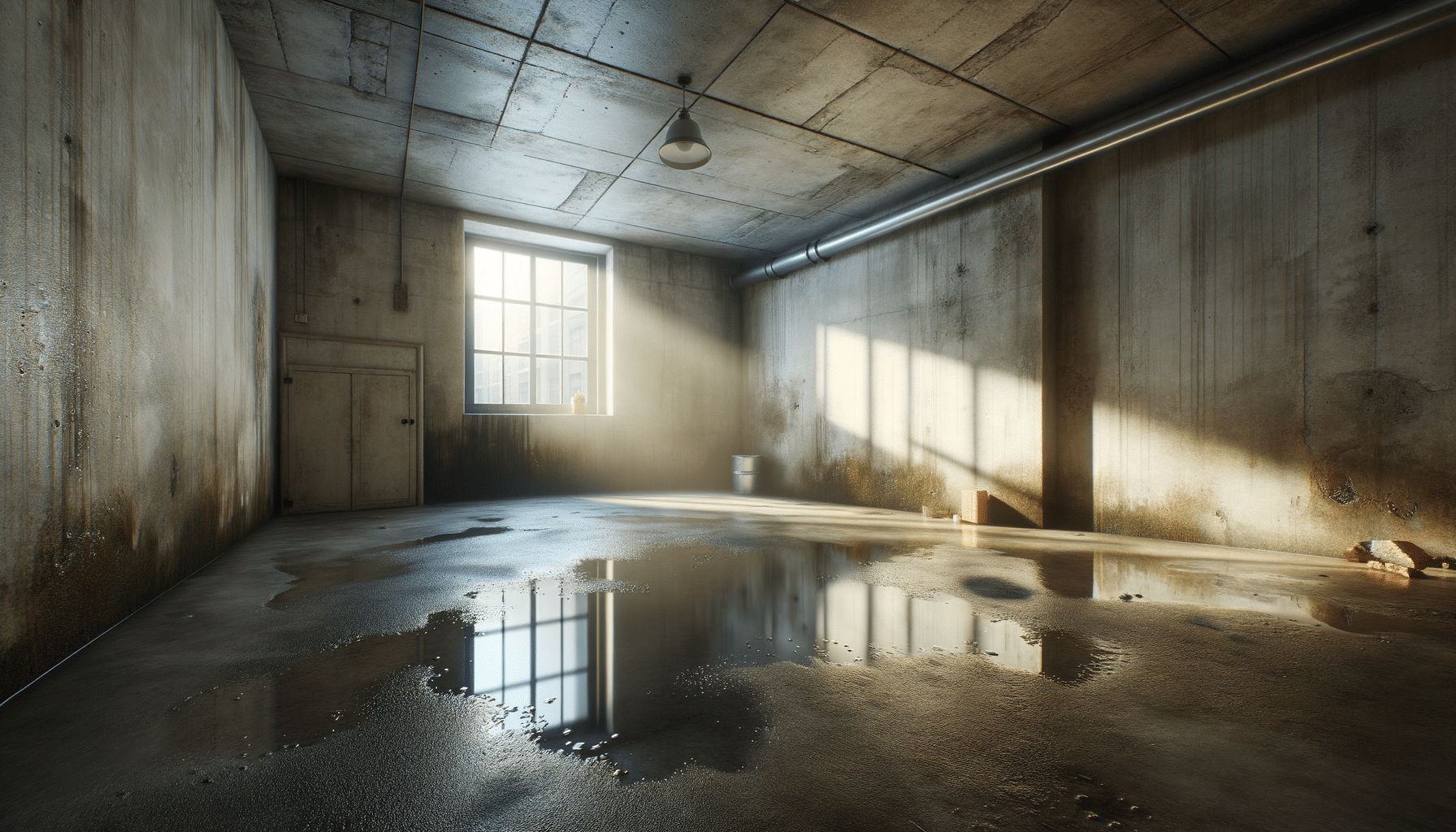
Explore More About Basement Leak Repair
Introduction to Basement Leak Repair
Basement leaks are a common issue faced by homeowners, often leading to significant damage if not addressed promptly. Understanding the causes and solutions for basement leaks is crucial for maintaining the structural integrity of your home. This article delves into various aspects of basement leak repair, providing valuable insights and practical advice for homeowners seeking to protect their investments.
Identifying the Causes of Basement Leaks
Before embarking on any repair efforts, it is essential to identify the root causes of basement leaks. Common culprits include poor drainage systems, cracks in the foundation, and hydrostatic pressure. Poor drainage can cause water to accumulate around the foundation, increasing the likelihood of leaks. Foundation cracks, often resulting from natural settling or seismic activity, can allow water to seep into the basement. Hydrostatic pressure, the force exerted by standing water against the foundation, can also lead to leaks if not managed properly.
To accurately diagnose the source of a leak, homeowners can perform a visual inspection or hire a professional. Look for signs of water intrusion such as damp walls, pooling water, or musty odors. It’s also beneficial to check for any visible cracks or gaps in the foundation. Once the cause is identified, appropriate repair strategies can be implemented to prevent further damage.
Effective Solutions for Basement Leak Repair
Addressing basement leaks typically involves a combination of interior and exterior solutions. Interior solutions may include applying waterproof coatings or sealants to walls and floors. These products can help prevent water from penetrating porous surfaces. Additionally, installing a sump pump can effectively manage water accumulation by redirecting it away from the basement.
Exterior solutions often involve improving drainage systems and repairing foundation cracks. Ensuring that gutters and downspouts are functioning correctly can prevent water from pooling near the foundation. In some cases, regrading the landscape to direct water away from the home may be necessary. For foundation cracks, epoxy injections or polyurethane foam can be used to seal gaps and prevent water intrusion.
Preventative Measures to Avoid Future Leaks
Preventing future basement leaks requires a proactive approach. Regular maintenance of drainage systems and the foundation is essential. Homeowners should routinely clean gutters and downspouts, ensuring they are free of debris and properly directing water away from the home. Inspecting the foundation for new cracks and promptly addressing any issues can also prevent future leaks.
Additionally, consider installing a dehumidifier in the basement to reduce moisture levels and prevent mold growth. Regularly check for signs of water intrusion, such as dampness or discoloration on walls and floors. By taking these preventative measures, homeowners can significantly reduce the risk of basement leaks and protect their property from costly repairs.
Conclusion: Safeguarding Your Home
Basement leaks can pose significant challenges for homeowners, but with the right knowledge and strategies, they can be effectively managed. By identifying the causes, implementing appropriate repair solutions, and taking preventative measures, homeowners can safeguard their homes from water damage. Regular maintenance and vigilance are key to ensuring the longevity and stability of your home’s foundation, ultimately preserving its value and comfort for years to come.


